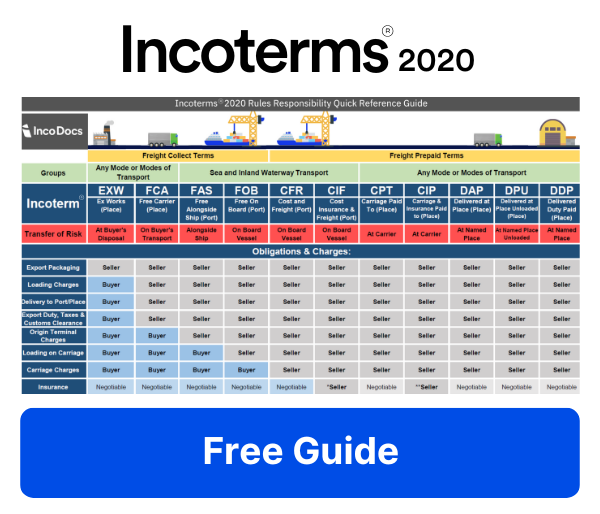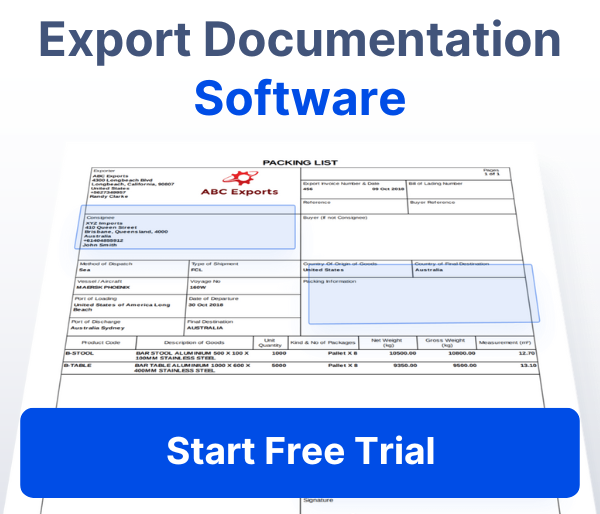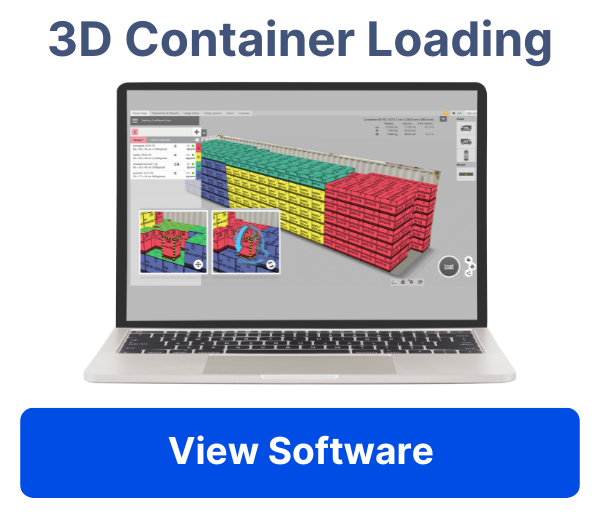Why the Penalties Program Matters
The U.S. Customs and Border Protection (CBP) Penalties Program is designed to keep trade fair and transparent. It targets violations that could harm the U.S. economy, consumers, and supply chains.
CBP enforces penalties across 326 ports of entry and 42 field offices. The goal is not just to punish, but to make sure importers and exporters follow the rules. For global traders, understanding this program is key to avoiding costly mistakes and delays.
The impact in one case, CBP collected $575,000 from Pure Circle U.S.A. after it imported stevia linked to forced labor. Another importer was fined $50,000 per shipment for lighting fixtures carrying fake UL safety labels. These examples show why understanding the penalties program is important.
Informed Compliance and Shared Responsibility
The CBP Penalties Program is built on a system called informed compliance. This principle came with the Customs Modernization Act of 1993. It means CBP must give clear rules, and traders must use reasonable care when filing entries.
For importers and exporters, “reasonable care” includes correct product classification, proper valuation, and truthful entry documents. If these details are wrong, CBP can issue a penalty notice.
CBP calls this shared responsibility. Both the agency and traders play a role. CBP publishes guidelines, directives, and mitigation rules so companies know what is expected. Traders are then responsible for verifying their supply chains, maintaining accurate records, and ensuring their goods comply with U.S. law.
Failing to meet this standard can be costly. An example is that a U.S. importer was fined after CBP found that it had undervalued shipments of consumer goods to reduce duty payments. The case was treated as negligence, not fraud, but still resulted in a penalty equal to several times the lost duties.
How the Penalty Process Works
Step 1: Pre‑Penalty Notice
When CBP believes a law has been broken, it often begins with a pre‑penalty notice. This notice explains the alleged violation and the maximum fine allowed. Importers or exporters then have 30 days to respond with documents or explanations.
Step 2: Penalty Notice
If CBP is not satisfied, it issues a penalty notice. This is the formal claim. From this point, the company usually has 60 days to file a petition for relief.
Step 3: Petition and Mitigation
A petition for relief allows the importer to ask for a reduced penalty. CBP uses its mitigation guidelines to decide if a reduction is possible. Factors that help include cooperation, a history of compliance, and proof that the violation was not deliberate. Importers can also file a supplemental petition if the first attempt is denied.
Exceptions for Serious Violations
Some violations skip the pre‑penalty stage. These include aiding unlawful importation, counterfeit trademark goods, and drug‑related manifest violations. In these cases, CBP issues a direct penalty notice.
Using the ePetition System
CBP now offers the ePetition system, an online platform for filing petitions and tracking case progress. This system speeds up the process and ensures traders can respond within deadlines.
Example: Penalty Process in Action
A U.S. importer declared a shipment of electronics with a value 40% lower than the true price. CBP discovered the undervaluation during a routine audit.
- Pre‑Penalty Notice: CBP issued a notice citing negligence, warning of a penalty equal to two times the lost duties.
- Penalty Notice: After the importer failed to fully justify the discrepancy, CBP sent a penalty notice.
- Petition: The importer filed a petition showing new compliance training and updated internal controls.
- Mitigation: Based on cooperation and a clean history, CBP reduced the penalty from $120,000 to $60,000.
This example shows how penalties can be lowered, but only if traders act quickly and provide proof of corrective measures.
What Determines the Size of a Penalty?
Degrees of Culpability
CBP looks at the degree of culpability when setting a penalty. The main categories are:
- Negligence: When an importer fails to use reasonable care.
- Gross Negligence: When an importer shows willful disregard or reckless behavior.
- Fraud: When an importer knowingly makes a false statement or hides material facts.
The higher the culpability, the larger the penalty. Fraud carries the most severe fines, often based on the domestic value of the imported goods.
Materiality of the Violation
A violation must involve a material false statement or omission. This means the information could affect how CBP decides to admit, value, or classify goods. Even a mistake on valuation or tariff classification can trigger penalties if CBP considers it material.
Mitigation Guidelines
CBP uses mitigation guidelines to decide if a penalty can be reduced. Factors that support mitigation include:
- A history of compliance with U.S. customs law
- Voluntary disclosure of the violation before CBP discovers it
- Cooperation during the investigation
- Corrective measures to prevent future violations
Aggravating factors, such as repeated violations or refusal to cooperate, can block mitigation or even increase the penalty.
Comparison: Negligence vs Gross Negligence vs Fraud
| Culpability Level | Definition | Typical Penalty Basis | Mitigation Possible? |
|---|---|---|---|
| Negligence | Failure to exercise reasonable care | Up to 2× the duties lost | Yes, if importer cooperates and corrects errors |
| Gross Negligence | Willful disregard or reckless conduct | Up to 4× the duties lost | Limited; only with strong cooperation and corrective action |
| Fraud | Intentional false statement or concealment | Up to the full domestic value of the goods | Rare; mitigation very limited |
Example: Fraud vs Negligence
Two importers bring in similar shipments of textiles. One knowingly falsifies invoices to reduce duties. CBP finds fraud, and the penalty is set at the full domestic value of the goods. The other importer misclassifies the goods due to poor internal training. CBP finds negligence, and the penalty is reduced after the importer files a petition showing corrective action.
Types of Violations and Typical Penalties
CBP enforces many kinds of violations under the Penalties Program. These range from paperwork errors to serious fraud or forced‑labor imports. The type of violation strongly influences the penalty amount and the process CBP uses.
Common Violation Categories
| Violation Type | Description | Typical Penalty | Pre‑Penalty Notice? |
|---|---|---|---|
| Manifest Violations | Missing, late, or incorrect cargo manifest | $500–$5,000 depending on carrier type | Sometimes |
| Broker Violations | Licensed customs brokers failing to meet regulations | Civil fines, often thousands per case | Yes |
| Negligence (19 U.S.C. § 1592) | Failure to exercise reasonable care in classification, valuation, or entry | Up to 2× lost duties | Yes |
| Gross Negligence | Reckless disregard of import requirements | Up to 4× lost duties | Yes |
| Fraud | Intentional false statements or concealment | Up to full domestic value of goods | Yes |
| Counterfeit Goods | Importing goods with fake trademarks or certifications | Seizure plus civil penalties; often tens of thousands | No |
| Forced Labor Imports | Goods tied to prison or forced labor | Penalties and seizures; e.g. $575,000 case | No |
| Agricultural Violations | Bringing in prohibited plants, fruits, or meats | $300–$1,000 civil penalty | No |
Compliance Tips for Global Traders
Stay Accurate with Documentation
- Double‑check tariff classifications, declared values, and country of origin on all entry documents.
- Ensure manifests are correct and delivered on time to avoid manifest penalties.
Monitor Your Supply Chain
- Screen suppliers for forced‑labor risks. Goods linked to forced labor can trigger large penalties and seizures.
- Confirm that all products meet U.S. safety and intellectual‑property standards.
Use the ePetition System When Needed
- If you receive a pre‑penalty or penalty notice, respond within deadlines.
- File petitions through CBP’s ePetition system to request mitigation and track case progress.
Keep Strong Internal Controls
- Train staff on U.S. customs rules, especially valuation and classification.
- Maintain detailed records, as poor recordkeeping can lead to penalties.
Seek Expert Help for Complex Entries
- Work with licensed customs brokers or trade professionals when handling sensitive shipments.
- Consider periodic internal audits to catch mistakes before CBP does.
Sources Used:
- CBP Penalties Program Overview
https://www.cbp.gov/trade/programs-administration/penalties - Customs Administrative Enforcement Process: Fines, Penalties, Forfeitures and Liquidated Damages (Informed Compliance Publication)
https://www.cbp.gov/document/guidance/customs-administrative-enforcement-process-fines-penalties-forfeitures-and - CBP Collects $575,000 from Pure Circle U.S.A. for Stevia Imports Made with Forced Labor
https://www.cbp.gov/newsroom/national-media-release/cbp-collects-575000-pure-circle-usa-stevia-imports-made-forced-labor - Bringing Food into the U.S. (Agricultural Items Guidance)
https://www.cbp.gov/travel/international-visitors/agricultural-items







